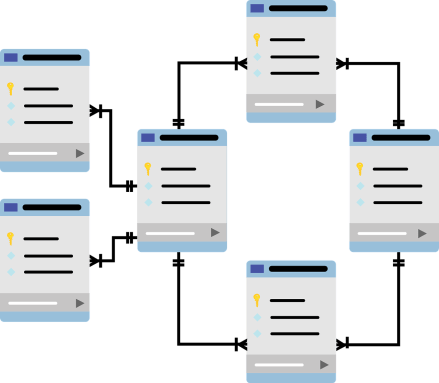
One of the more tedious aspects of e-commerce in the U.S. and globally can be dealing with tax collection and remittance. This is complicated by a web of regional regulations that must be addressed based on the location of each customer. Traditionally, sellers could ignore these requirements, as their business activities were largely confined to a local geography. However, the rise of online sales and new legislation have encouraged government organizations to become increasingly aggressive in ensuring they extract their due share of taxes. Further, as businesses of all sorts move online, other types of regulation and compliance enforcement is emerging. Left on their own, online sellers and service providers could expend significant resources keeping up with these requirements.
Fortunately, new technology providers have emerged that help companies navigate this situation. These services are often delivered through open APIs and integrated with popular e-commerce platforms. They handle the calculation of tax, filing and remittance to every required jurisdictional entity. In addition to sales tax handling, these services are branching out into other aspects of regulation compliance, including managing exemption certificates, business licenses and the bevy of new use taxes globally. One of the leading independent providers of these services is publicly-traded Avalara (AVLR).
As companies increasingly migrate offline business processes to new digital channels, consideration for tax payments and compliance must come along. This has created a large and growing opportunity for solution providers that make compliance management easy. With an increase in government activity to regulate tax collection, privacy, online behaviors and safety, we can expect compliance enforcement to increase. This blog post examines the history of taxation of e-commerce, along with future implications for additional oversight of emerging digital channels. Further, it reviews the leading providers of compliance automation services with a focused analysis of Avalara (AVLR), which is becoming the dominant player in the space. The goal is to provide investors with an avenue to capitalize on the growing demand for services that simplify regulatory overhead for online businesses.
Continue reading









